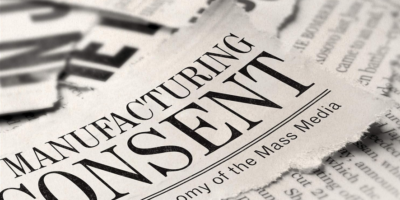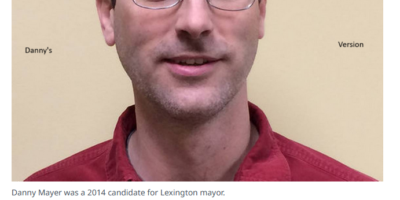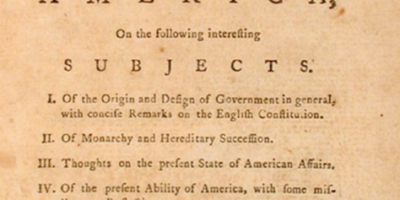Holistic medicine, not radical surgery
By David Shattuck
In the 13 years since Third and Fourth Streets were made two-way, we’ve heard developers and city leaders claim that one-way streets inhibit business development. We’ve also heard that two-way streets magically sprout commercial activity.
Evidence in Lexington, however, shows just the opposite. A dining scene has sprouted organically on Short and Limestone Streets. Crowd sizes at Thursday Night Live continue to grow. The Lexington Farmer’s Market remains a well-attended Saturday event. The highly anticipated Hotel 21C at Main and Upper Streets is coming. CentrePointe is coming, and so, too, might a Town Branch Trail. Both businesses and area residents, it seems, will flock downtown and inhabit one-way streets. People simply do not allow issues such as “wayfinding” or parking to stand in the way of something they really want to do or someplace they really want to go.
That’s why making downtown a destination is the goal—and not some specific set of street patterns that, as we have seen in our own city and elsewhere, are only remotely related to this goal.
This is a position I share with both newly installed Director of the Downtown Development Authority Jeff Fugate and Rupp Arena Arts and Entertainment District Master Planner Gary Bates. Writing to me recently, Fugate declared that “we need to be clear that the question . . . is not ‘one or two-way streets?’, but instead ‘what’s going to help support the downtown we have envisioned?’” Writing to me last November, Bates was more blunt about the non-issue of two-way streets. “To be clear,” he wrote. “I have no two-way agenda. The traffic issues . . . have to be seen in a more holistic way than the current discussion.”
In keeping with the spirit of both Fugate and Bates, allow me to propose an alternative to the radical and costly surgery that two-way street conversion would represent.
Don’t touch: Leave Limestone and Main Street alone. These streets are pedestrian friendly, particularly after the recent streetscape improvements, and traffic doesn’t speed down them (and where it does, can be slowed with signaling). Main Street needs sufficient capacity to accommodate traffic to downtown, Rupp Arena and other events, and the two new proposed hotels. Limestone, meanwhile, has developed quite nicely on its own.
Close Short: Close Short Street between the Explorium and Opera House and Martin Luther King Street all day every day (while ensuring easy access, of course, to those venues by keeping Short one-way to the west). Doing this will create a business-friendly pedestrian area that could be extended north and south if the city were to close Mill Street between Main and Transy (Third Street) weekdays from 6:00 pm to 4:00 am and all day on weekends and holidays.
Help Vine: Leave Vine Street one-way to accompany Main Street. Two-way proponents’ central goal is to slow traffic on Vine Street and to make Vine and High Street more pedestrian and business friendly. The question is, does two-way conversion contribute to these goals?
In the case of Vine Street, no, it doesn’t. Currently, Vine is not particularly pedestrian friendly because it houses few places a pedestrian might frequent. Most of the street is devoted to the multi-story bank/office complexes that house the Bankruptcy Court, the U.S. Attorneys Offices, and other downtown businesses whose employees spend time and money downtown. Only one location—where the city parking garage was recently demolished—offers any expansion area for pedestrian friendly retail or restaurant activity. Additionally, studies suggest Vine Street works as a 2-way street only if the Transit Center is moved, a project with cost estimates of $20 million. Traffic on Vine may be too fast, and the pedestrian experience can be improved, but that can be solved more cheaply and efficiently with signal timing.
…
Lexington is very fortunate in that, unlike Louisville, Cincinnati, Knoxville and numerous other cities, its downtown is not severed by interstate traffic. Yet nobody would deny that access to downtown is also essential. Our one-way streets, particularly Main and Vine, allow access through, but also to downtown. Without convenient access to downtown, it will not be the destination planners hope to make it. It is precisely for this reason that Tucson, home to the University of Arizona and comparable in size to Lexington, rejected conversion of the major east-west street running one-way through its downtown.
As Bates noted last fall, the revitalization of downtown is “well under way.” And this is happening without any monkeying with our streets. In view of all that’s happened and all that’s about to happen, it seems clear that radical surgery is not what our downtown needs at this time. A little tweaking, sure. And if we discover down the road that we need more, and it seems likely that conversion could produce those results (importantly, it is not likely at this time for reasons I’ve detailed in previous NoC articles), then and only then should Lexington re-visit street conversion proposals.




Leave a Reply